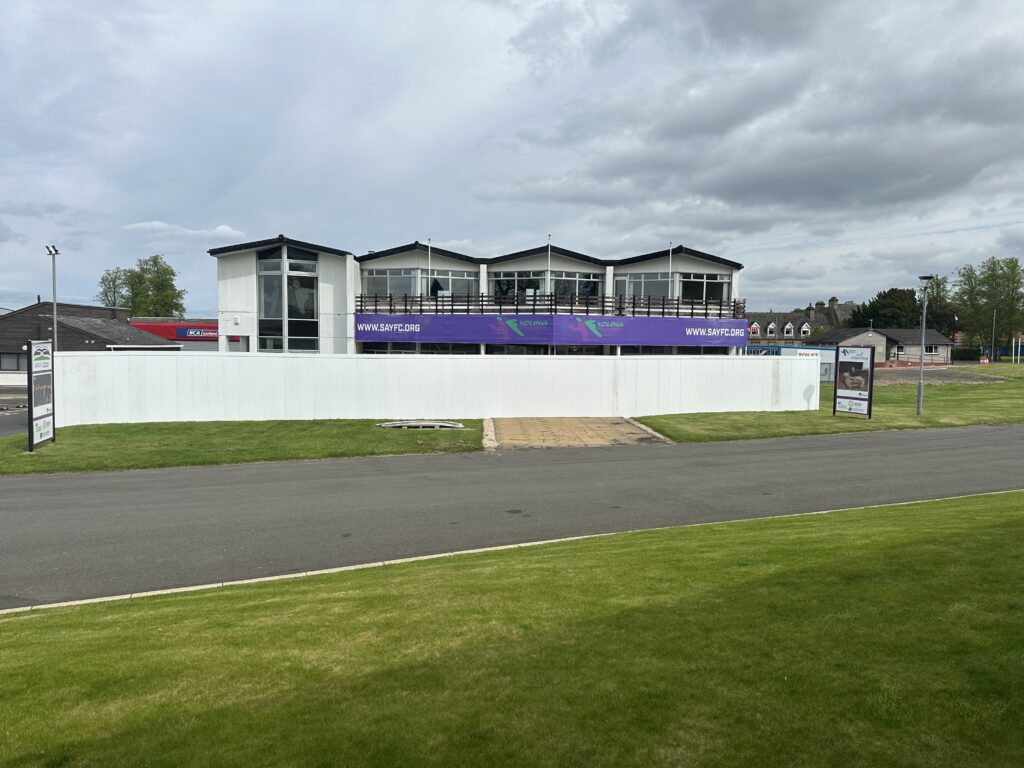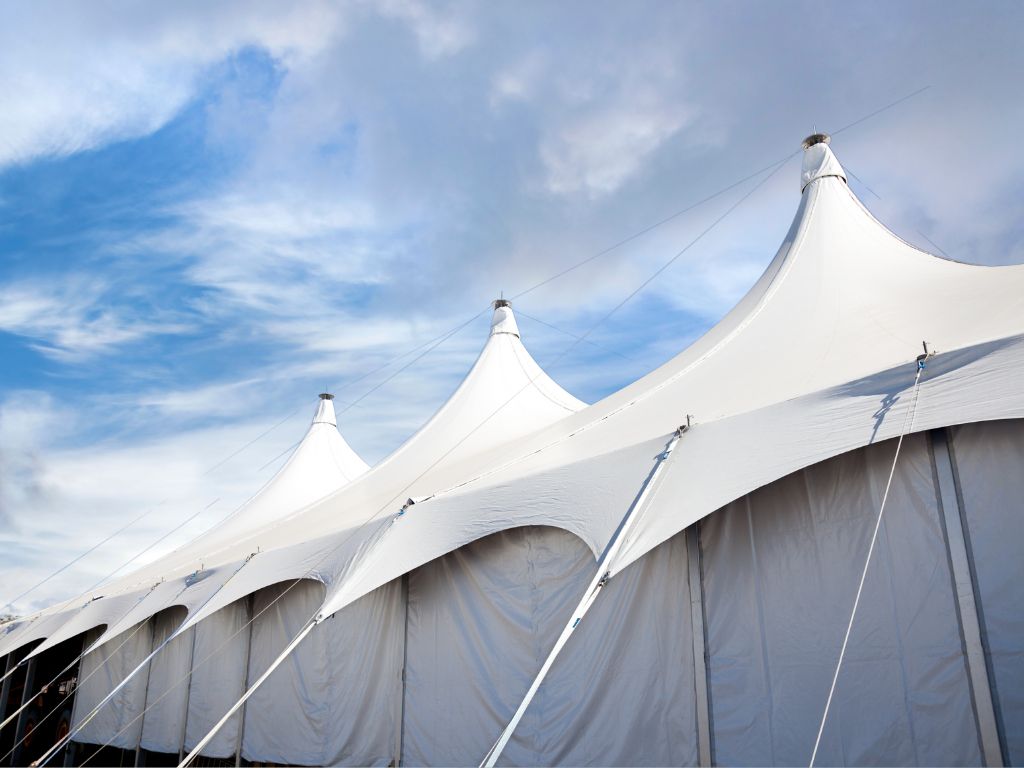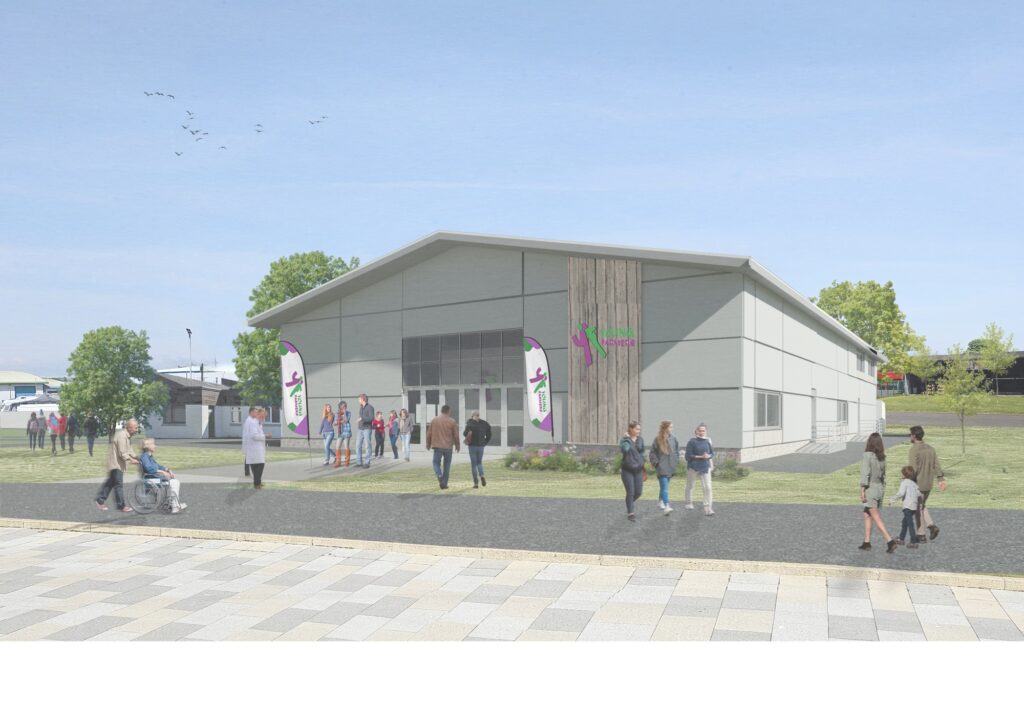The Foundations
Why is this Project Important?
To ensure SAYFC will continue to have a central base for staff and volunteers, whilst maintaining a strong presence at the Royal Highland Show and providing financial stability. This centre will serve as a focal point for coordinating activities, facilitating communication, and fostering a sense of community among members.
Additionally, continuing to have a strong presence at the Royal Highland Show will enhance the organisation’s public profile and outreach efforts. And from a financial standpoint, a stable base would enable better management and allocation of resources, contributing to the long-term growth and sustainability of SAYFC’s programmes and initiatives.




